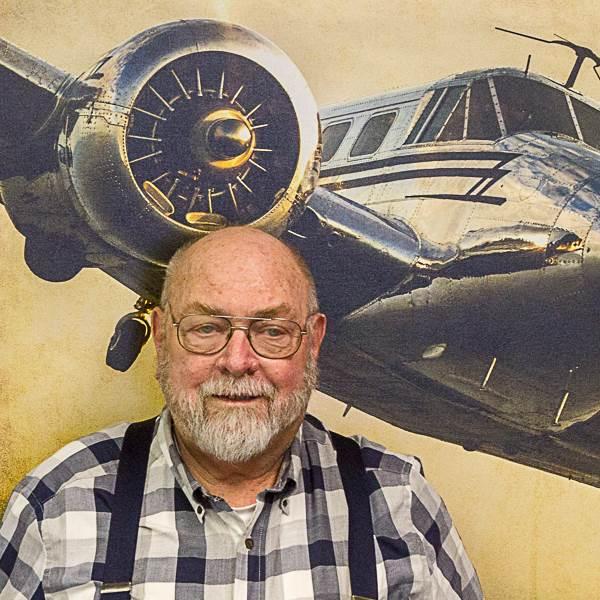Training and Safety Tip: Startled response
A student pilot in a Cessna 152 heard a loud and repeated banging sound as the airplane lifted into the air. Fortunately, off the end of the runway was a golf course, and the student pilot landed on a grass field without further trouble.
The banging noise the student pilot heard was the right-hand seat belt hanging out from the passenger door and slapping against the underside of the airplane. That unusual noise was scary and in a startled response, he believed there was something wrong with the airplane and he needed to get it back on the ground.
The above-mentioned student pilot realized there was a grass field directly ahead and he was concerned about the airplane making an unusual sound. So he flew the airplane to a landing. A job well done for his low-time skill level.
Some years later, I was about 30 miles from my destination when I heard and felt a loud bang directly under my feet. Wow, what was that? Time to take inventory. The airplane still had the power setting set prior to the loud bang. The flight controls worked as advertised, and the airplane remained in straight-and-level flight. Below me was rugged desert landscape, so I made the decision to continue to the destination airport. The first thing I did after landing was to look under the belly of the airplane. The Cessna 182 cowl flap hinge had broken and allowed the cowl flap push/pull rod to let the cowl flap slap the belly of the airplane.
Pilots must also understand the aircraft's systems so they can evaluate the seriousness of an unexpected and sometimes startling problem. We once had a renter pilot who declared an emergency landing because the tachometer went to zero. Investigation revealed the engine was making a powered-up engine sound that could be changed by the throttle. The tachometer cable was replaced, and the flight continued to its destination.
The purpose of this story is to remind pilots if the controls of the airplane work, then fly the airplane.



